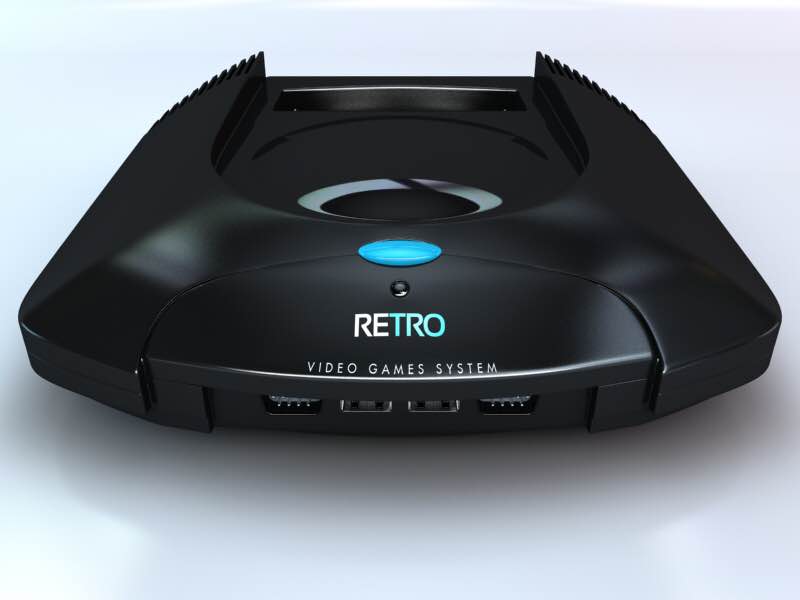Do you miss the days when a home console was nothing more than a slot for cartridges, a device that immediately played games as soon as they turned on? Well, someone is trying to make those days come back.
Mike Kennedy is the publisher of Retro Magazine, so he obviously loves old games. However, he thinks enough people share his passion that the world is ready for a new cartridge-based system, which he’s working on right now. It’s called the Retro VGS (Video Game System), and he’s hoping to launch a Kickstarter crowdfunding campaign for the device this summer.

Unlock premium content and VIP community perks with GB M A X!
Join now to enjoy our free and premium membership perks.
![]()

![]()